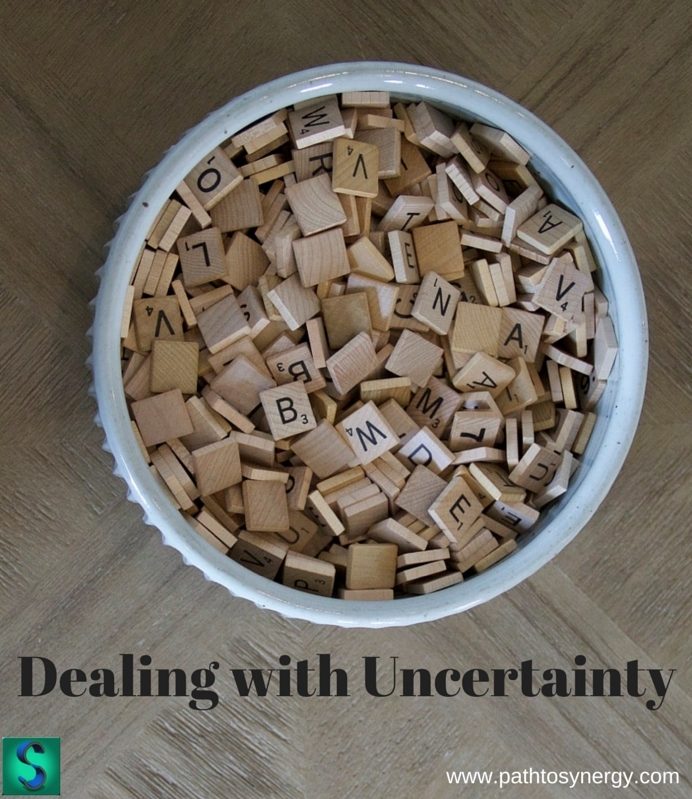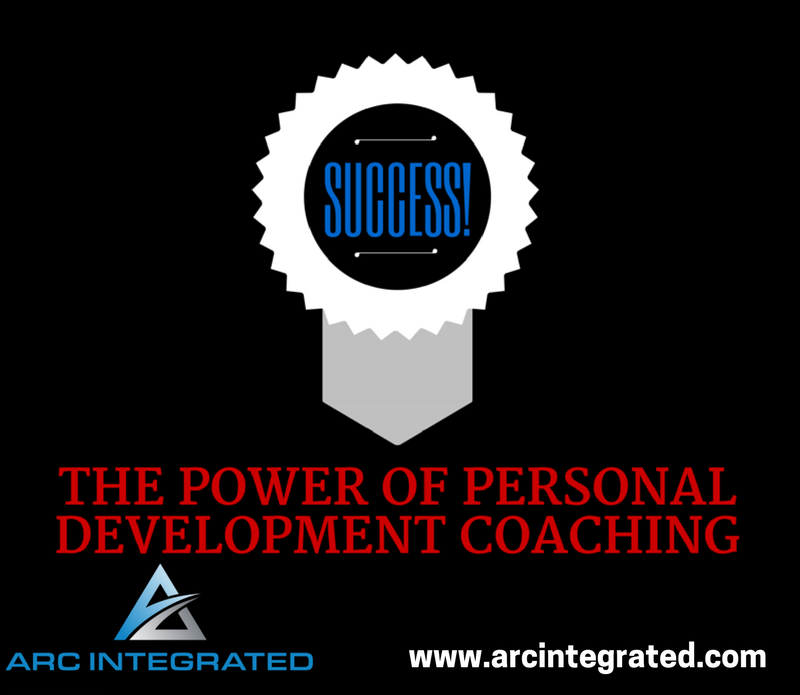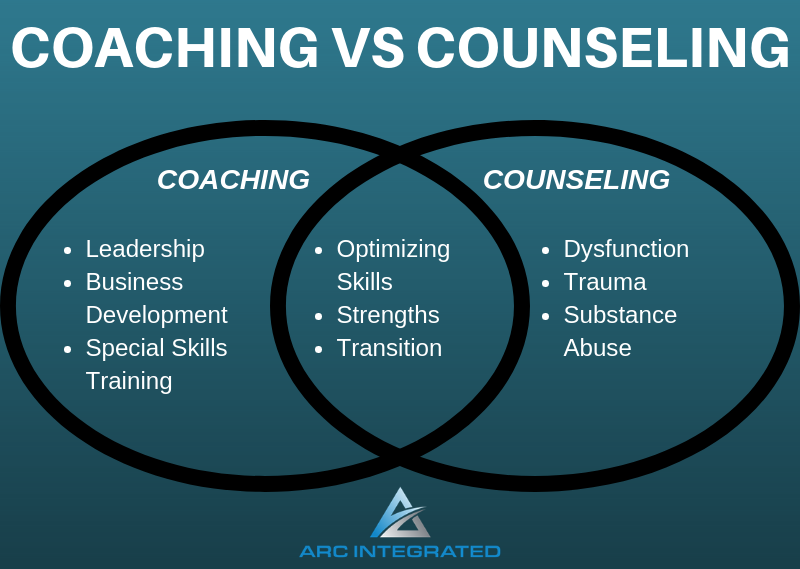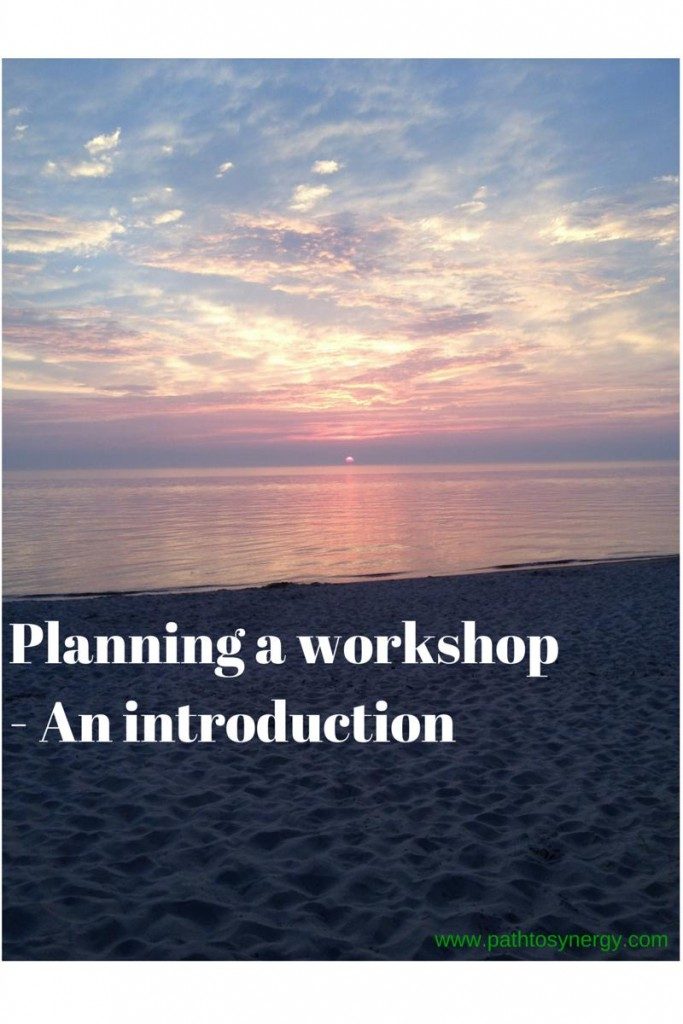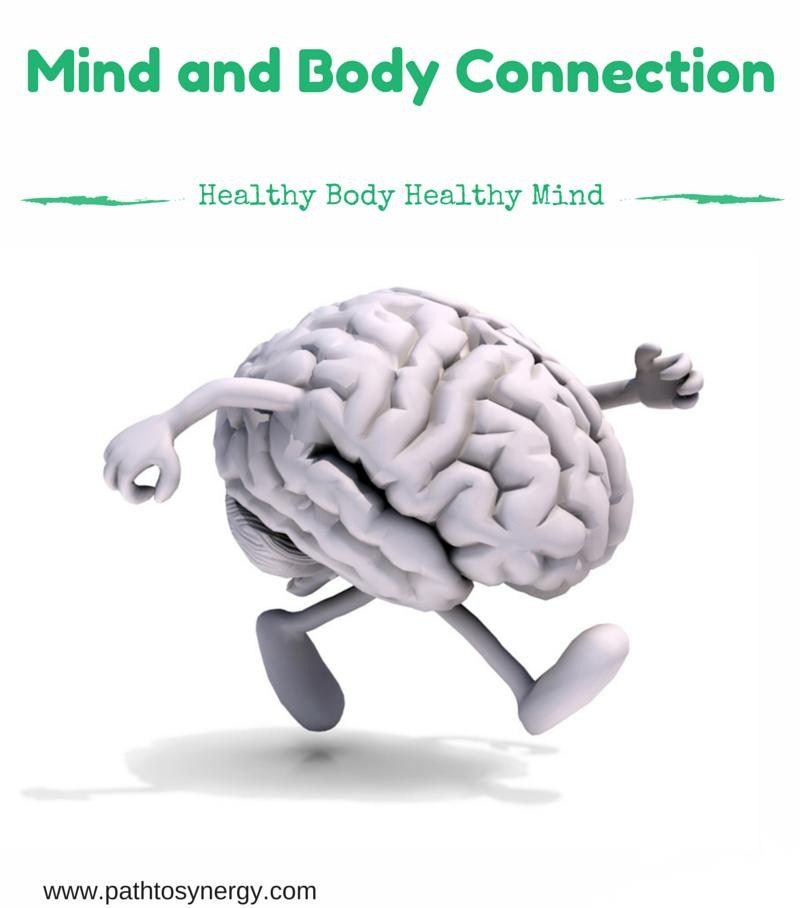Dealing with Uncertainty
This week as I was searching for a topic to write about, I felt uncertain. It’s not like there is a lack of things to choose from in the personal development, counseling or consulting arena. There are a ton of topics to choose from. However, I was feeling uncertain. So, why not just write about it. I think as a culture we are dealing with uncertainty on a daily basis. Having access to 1,000 choices in every avenue of life will do that. However, there are strategies to battle this uncertainty.
Feeling stuck is common. We often are wanting a change from a career, a hobby, a relationship or a habit. In my experience, getting caught in the weighing out of which decision to make can sometimes be exhausting. So how do we deal with uncertainty?
I was talking with a friend recently about a new relationship they are in. We were talking about the draw to this new partner, the things they have in common, the fun they have etc. When the idea of how or if to move forward came up, I had thought to ask the question – what is the motivation to be with this person? Obviously we feel connected to others, we fall in love or we have a connection that isn’t so strong. So my curiosity is about where this connection is coming from. Understanding our motivations may help us to deal with uncertainties and move on from a place of “stuckness.” Understanding what motivates your direction is a good starting place, below are five more tips to resolve uncertainty.
Five Tips to Resolve Uncertainty
Learning to Follow Your Gut – This may seem obvious but there is lots of power in understanding what our instincts tell us. Since there are so many options in most things we come across, this may distract us from our own wisdom. Practicing ways to reflect on our own thoughts or feelings like journaling, therapy, meditation or some daily practice may help in learning to follow your gut.
Take a Break – It’s easy to get caught up analyzing a choice to death. Analysis Paralysis. Walking away from a decision or giving yourself a temporary break from deciding may offer up some new clarity in which direction to choose.
Unbiased Third Party – Speaking with an unbiased third party like a coach or counselor can be an effective way to work through a decision. Having someone who does not know your situation may be able to offer questions or insight that a friend or relative may not see. Sometimes when we are asked a unique question this helps to switch our perspective and make things clearer.
Meditate – Meditation is a great tool to help with staying present. More and more we see the benefits of meditation in reducing stress, anxiety and even have an impact on us biologically. Being present is another way to tap into our own understanding of what is the best decision for us to make, and what our own intuition tells us. In addition, meditation may also offer relief from dealing with the discomfort that often accompanies uncertainty.
Get Up and Move – The mind/body connection is present in everything we do, even when we are dealing with uncertainties in life. When we are unclear about what decision to make, this creates a particular stagnation in the mind, and perhaps even in the body as we sit and weigh all the pros and cons of our decisions. Getting involved in some kind of regular exercise or even simple movement may trigger a new way to look at the problem.
What will you decide to take action on this week?
Share or comment below.
Thanks!
Michael

